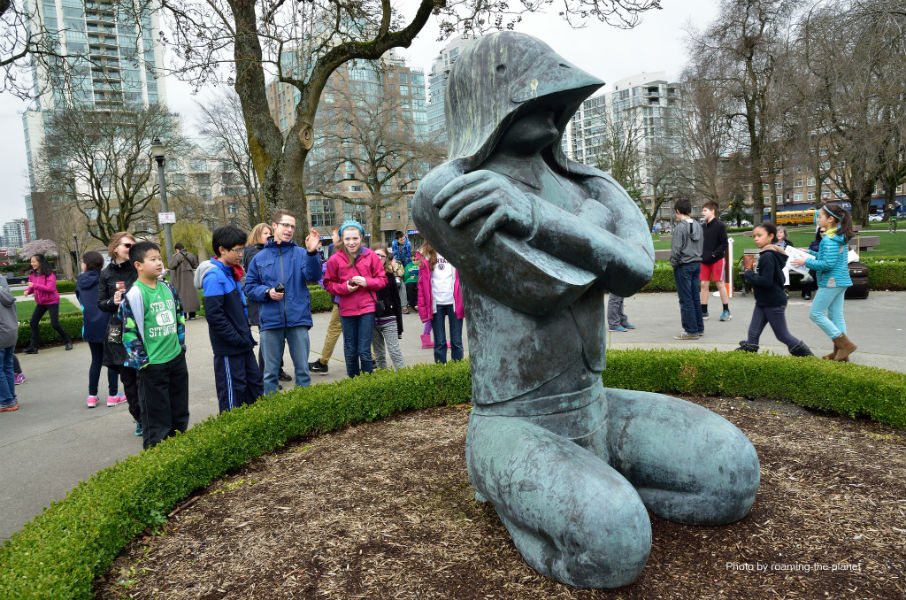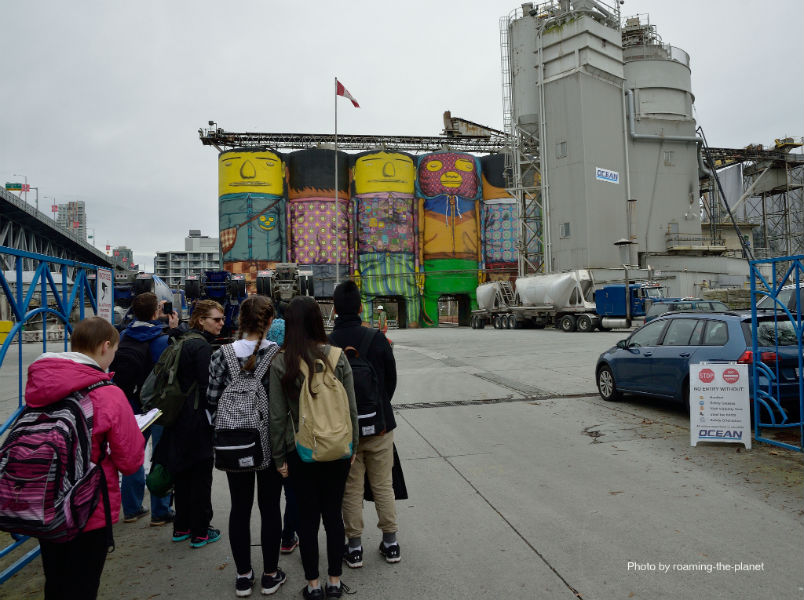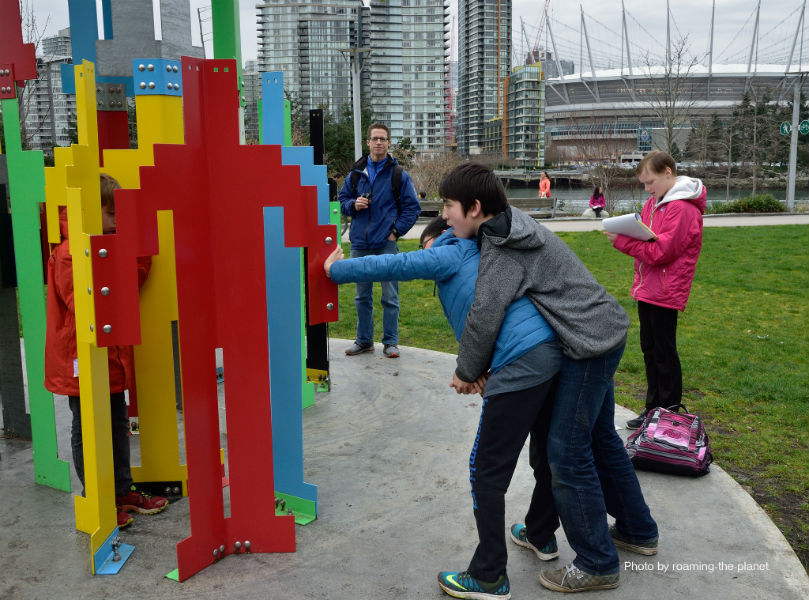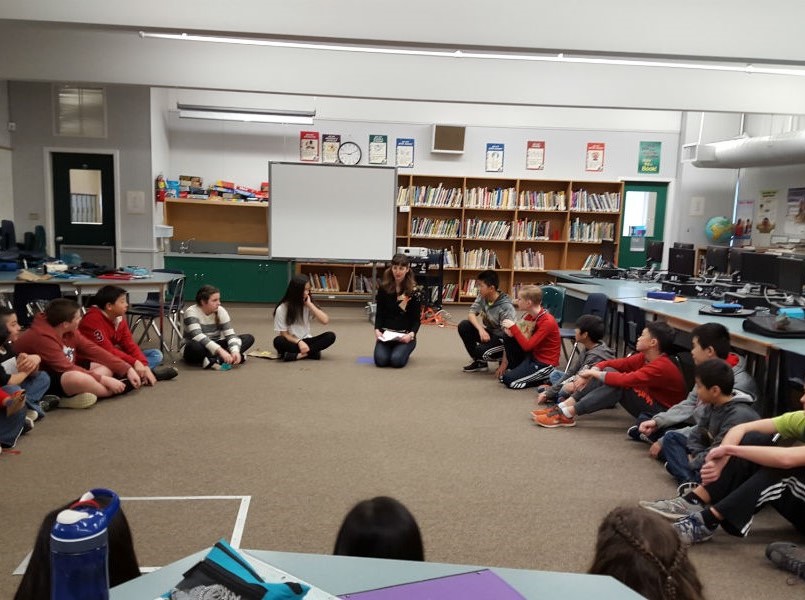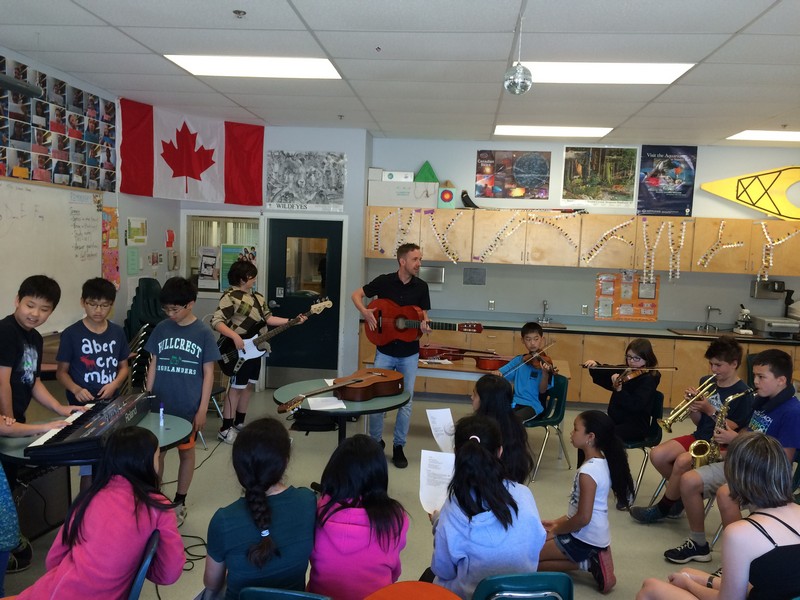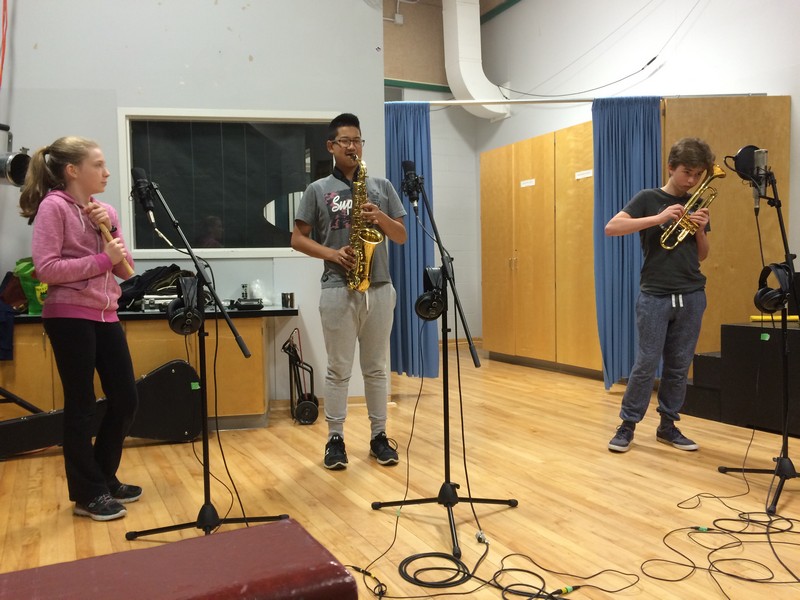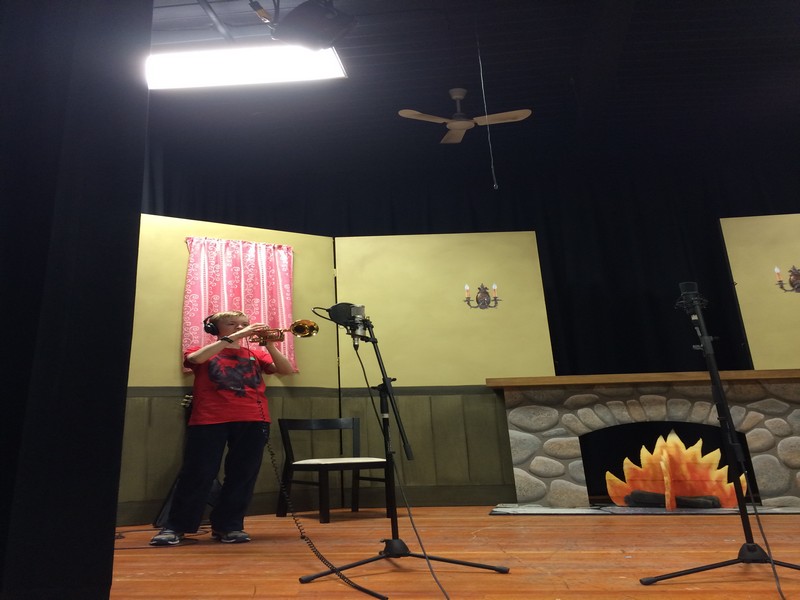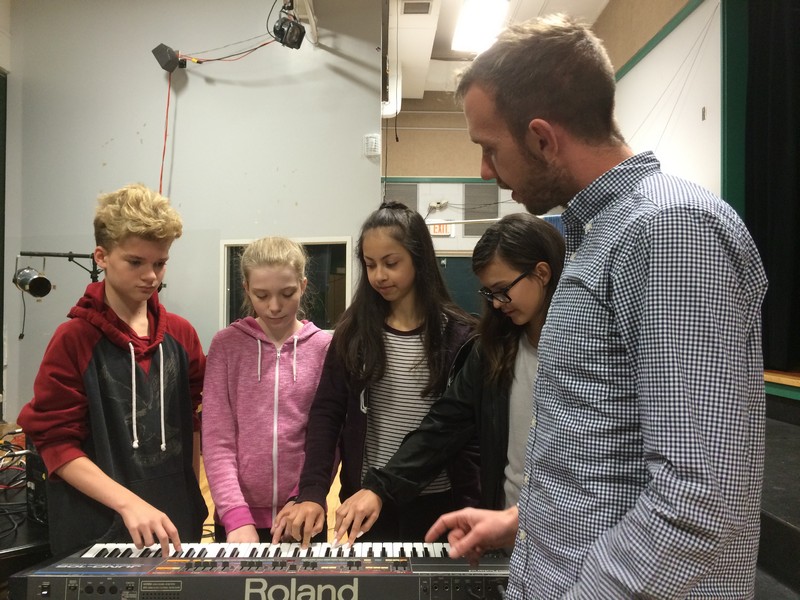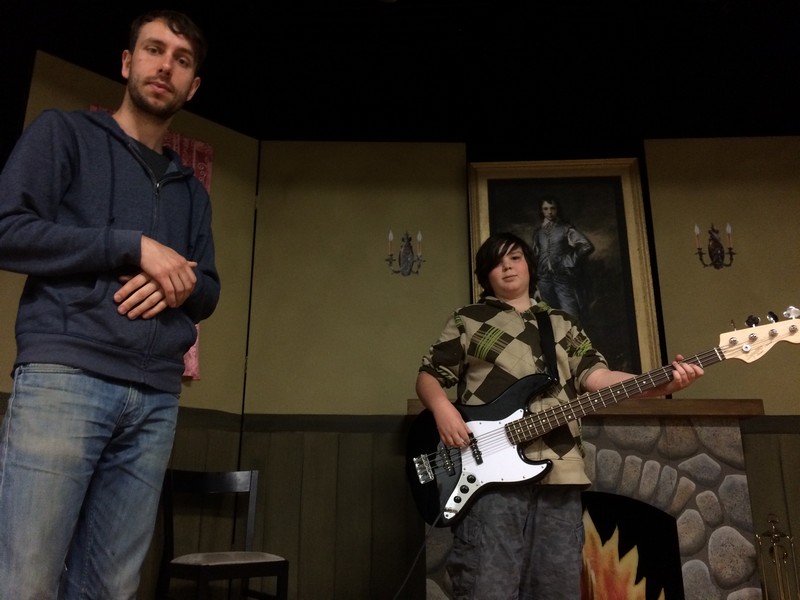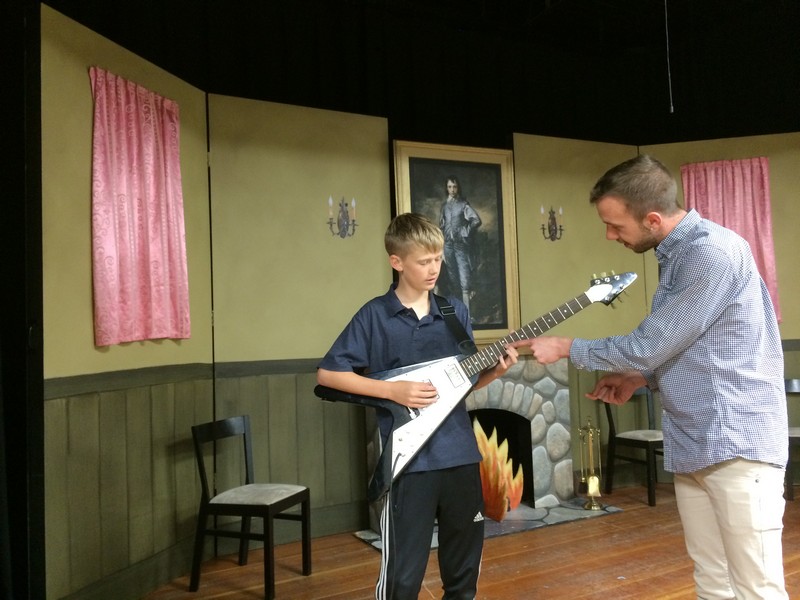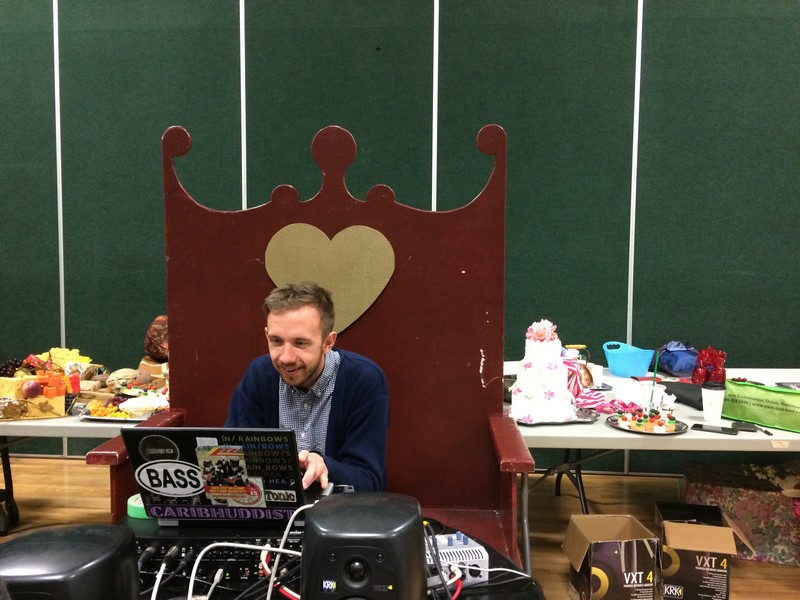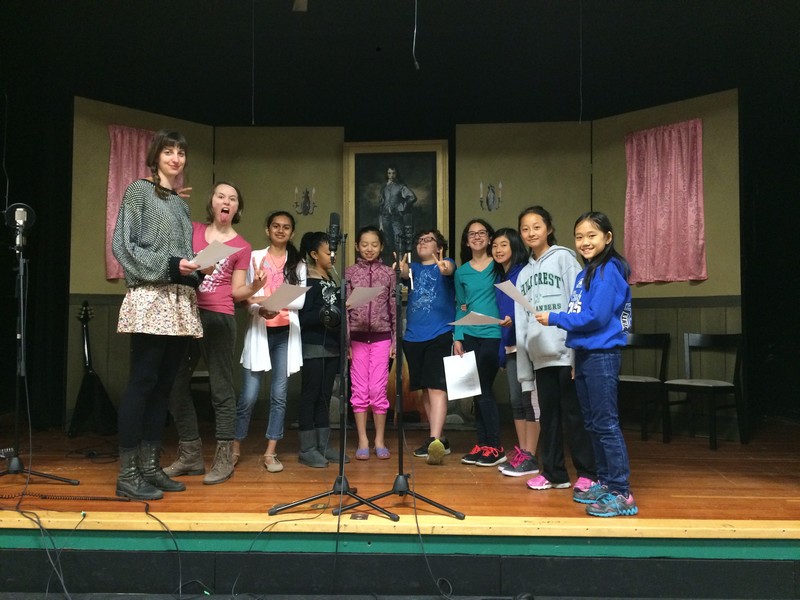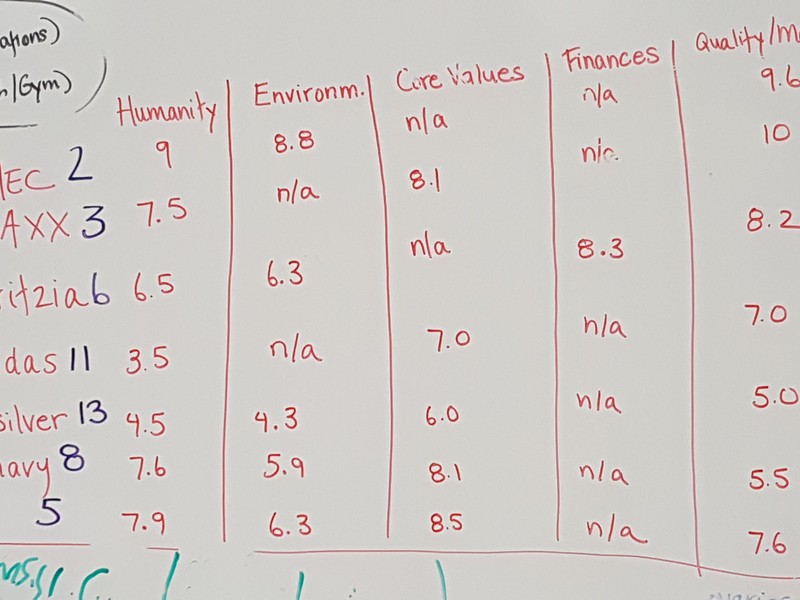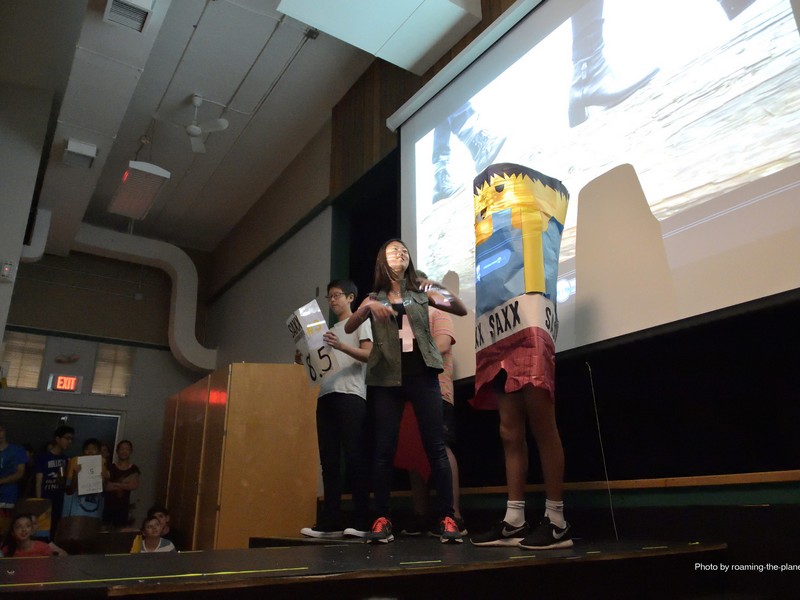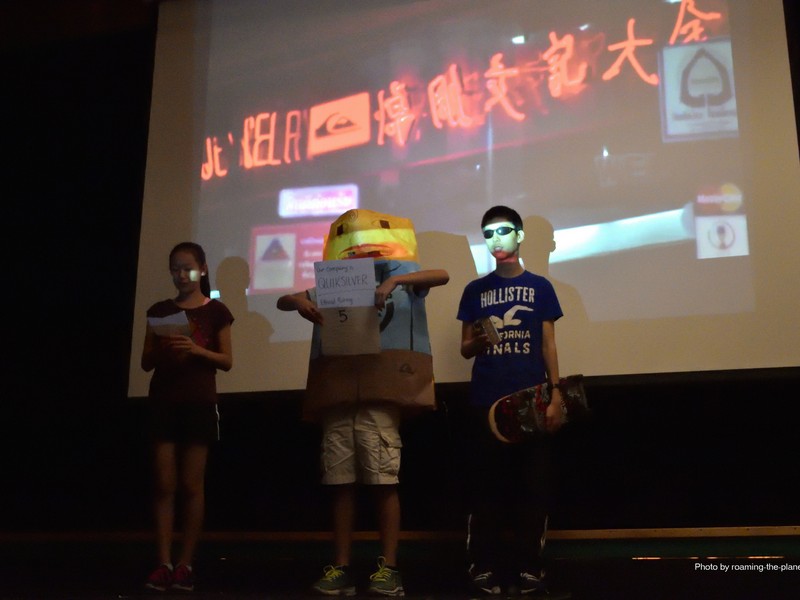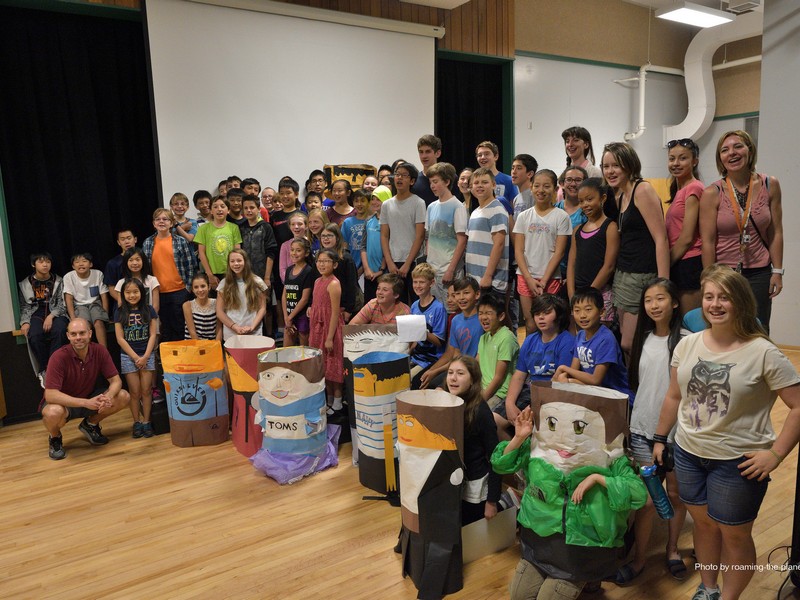Hillcrest Middle School: Our Clothes, Ourselves
Health and Career Education, Language Arts, Social Studies
School: Hillcrest Middle School
Teacher: Michele Stewardson, Ryan Wiskar and Patrik Ingelman
Artist Collaborators: Barbara Adler
Class: Grade 7/8 Classes
Overview
This project was created with the aim of exploring the impact that clothing has on relationships between individuals, communities, nature, global values and self-image. The students investigated the diversity of stories associated with each item of clothing and the process of manufacturing those clothes. The students got to explore the transformation through time and the cultural connections that go into creating their appearance. The influences that clothing manufacturing has on humanity (sweatshops) and on the environment (materials used, processing, importing) was examined. Students got to determine and evaluate the lifecycle of their clothing and assess its global impact. Students inquired into how clothing is a component of various Biennale art pieces, and questioned the role it plays in each piece. Students were exposed to the possible implications of what they wear, or don’t wear.
Connection to the Vancouver Biennale Exhibition
The project incorporated 4 Biennale artworks:
OSGEMEOS ‘s Giants is detailed, large-scale, brightly coloured with various materials portrayed and highly visible. With this piece the students were able to explore the role of colour and clothing in the artwork and examine how the meaning of the work might change if colour or clothing were removed.
Dennis Oppenheim’s Engagement challenged the students to consider how their accessories tell stories about themselves. The topic of the ‘acceptance in society’ of various types of relationships was also explored.
Ivan Eyre’s Birdwrap was created in one colour, with minimal clothing, on a smaller scale than Giants. Students were encouraged to contrast this artwork with others that they had seen. Birdwrap also shows the person wearing both traditional first nations items as well as modern formal attire. The mix of these two contrasting clothing elements was discussed and explored.
With Jonathan Borofsky’s Human Structures, the students were able to analyze the role that colour, scale and lack of clothing played into their inquiry. The possible meaning of the placement of the people in the artwork relative to both the environment and each other was explored. Why were some people on the top of the structure and others underneath? Why were their more people on the bottom of the structure than the top?
Trans Am Totem was used to discuss and explore the topics of consumerism and the environment.
Students explored the role of facial expressions in communication and relationship building through Yue Minjun’s artwork A-maze-ing Laughter.
In all of the pieces the students also considered the relationship of the artwork to the location it is displayed and what role the environment plays in its meaning and significance.
BIG IDEAS
Our clothing and accessories have a diversity of hidden significances and impacts. They tell stories of roles, values, consumerism, relationships, conflicts, identities and culture.
Clothing and accessories can depict both individual and collective expressions.
Socials:
Economic specialization and trade networks can lead to conflict and cooperation between societies.
Changing ideas about the world created tension between people wanting to adopt new ideas and those wanting to preserve established traditions.
Contacts and conflicts between peoples stimulated significant cultural, social, political change.
Human and environmental factors shape changes in population and living standards.
Language Arts:
Exploring text and story helps us understand ourselves and make connections to others and to the world.
Exploring and sharing multiple perspectives extends our thinking.
Health:
We experience many changes in our lives that influence how we see ourselves and others
Learning about similarities and differences in individuals and groups influences community health.
Guiding Questions
How does clothing tell stories about who we are and how we have changed through time?
How do our decisions about what we wear impact our environment on a global scale?
How does our appearance influence perception, connection and behaviour?
What is the humanitarian impact of the clothing industry?
Cross-Curricular Access
The themes of self-identity, connection and perception are linked to the Health and Socials Studies units.
Design of science experiments to explore “Enclothed Cognition” is linked to Sciences as well as the Health unit.
Novel study and literature circles were incorporated to enhance the Language Arts and Social Studies units.
The role of researching clothing production and it’s impacts contributes to the Social Studies as well as the Science units.
Inquiry Challenges/Learning Process
Book Report Assignments:
The teachers had their students pick from an in class library which novel or nonfiction book looked like the very last one they would ever pick to read. Then had the students read those books. Prior to reading students listed reasons why they chose not to read it based on the cover, and predicted what that story might be about. Then the students compared if their predictions were accurate and if what was inside was different than expected. Students were asked to compare this experience to how humans judge each other in society and some choose not to interact with certain people based on appearances only.
Globally Based Lifecycle of Clothes Activity:
Students were told to find a picture of an accessory or clothing item that appeared to have an interesting story to tell about its evolving lifecycle. They were able to look online, or take pictures of themselves with an intriguing item. They printed those pictures and they were handed out randomly to students and the students got to explore the possible story that particular item could tell. The students wrote their stories from the perspectives of the item, the wearer and the environment in each stage of the items lifecycle. They were to then create a painting/sculpture or collage that represented the journey and stories of the lifecycle they have written about.
Clothing and Identity Activity:
Students each brought in one clothing item or accessory. Some students got dressed up in these items. Students stood in front of the class one at a time and had each group answer the same questions about each person, without them knowing what the other groups were discussing. The teachers had the groups answer questions such as “what is the career of this person?” “How wealthy or poor are they?” “How are their clothes/accessories linked to gender identity?” and “Is this person feeling (happy/sad/mad?)”
Students then got to share their interpretations. The teacher prompted the learning by asking thought-provoking questions to the class including: How do we judge people like we judge books by their cover? Are these perceptions accurate? How do we make generalizations based on what people wear?
Enclothed Cognition:
Students were asked to design and test an experiment to determine if what someone wears truly does influence their actions. This activity was inspired by a scientific study that found that students wearing lab coats during an experiment were more meticulous and careful in their delivery of the lab work.
In order to explore the concept of ‘enclothed cognition’ more deeply students designed social experiments using the scientific method to determine the role of ‘enclothed cognition’ on identity and relationship building. Students ran these experiments and tests using the students from the other classes on their team as participants and evaluated their findings mathematically creating charts, data and conclusions of their experiment.
Genealogy Project/Oral History :
Students interviewed family members and researched their family ancestry in order to explore their own genealogy. The artist explored story telling with the students and had them share another classmates stories as their own. Students discussed reactions to having someone else share their stories and how details can be altered or missed in retelling.
Students researched their family trees and the class placed pins on a global map to represent the ancestral connections they had in their family backgrounds as a group. The class learned about empathetic listening and response in order to conduct oral history interviews with their family members. Students made audio recordings of their interviews and shared their most meaningful segments by playing them for the class. The students were asked to create family trees and artwork that demonstrates their identity within a family system. They researched the stories related to their own family’s background and experiences.
Deception in the Media-Lies in a Box Activity:
Prior to researching manufacturing companies, the role of deception in the media was evaluated and students studied the physiological signals of lying and the role lying plays in creating, maintaining and altering relationships. Students used shoe boxes to create an “identity box”. They used art to create a box that told the story of their lives and included hidden meanings. They then used important items from home to construct a random object. Once all the boxes where completed and items added secretly, the students in partners had to describe their items to each other and could lie or tell the truth. Points were tabulated based on if their partner could predict if they were lying or telling the truth.
Ted Talks on Fashion and Factory workers and True Cost Movie:
The class watched this list of media and took notes on the important points from these TED talk speakers: Suzanne Lee (biology driven/ growing clothes), Jessi Arrington (reusing clothes), Cameron Russell (modeling and image misconceptions), Eva Kruse (change and impacts of fast fashion), Christina Dein (you are what you wear), Johanna Blakely (fashion culture), Danit Peleg (downloading clothes), Leslie T. Chang (The voice of the workers), Seth Godin (marketing methods), and Josh Luber (marketing of nike shoes).
‘Environmental and Humanitarian Impacts of Manufacturing’ Research Project:
Students explored the important elements of interview research with Barbara prior to their investigations. Teachers had students work in inquiry groups to determine an ethical rating for a particular clothing brand. Within their brand names group they explored aspects of environmental and humanitarian impacts and then compared their finding with the other companies to determine a mathematical rating of ethical practices.
Oral History Song Creation:
A song was written in collaboration with all three classes. The students wrote the entire musical composition from scratch creating their own bass line, melodies, lyrics and instruments. The lyrics were composed using their oral history stories as the foundation.
Student Creation
The final project that the students got to create was for groups within each class to make scale ‘Giants’ inspired by Giants on Granville Island. Their models were made to be to scale, as part of math unit led by the Math\Science Teacher at Hillcrest. The grade 7\8 students learned about manufacturing and environmental processes. The grade 6 teacher was able to work on oral family histories with the students. The countries identified in the grade 6 classroom became the inspiration for the countries and manufacturing processes represented by each of the giants. Each class had the opportunity to contribute to creating costumes for the giants depicting insights from the research of their particular clothing company. The giants were displayed in tandem with the song of oral histories the students wrote in collaboration with all three classes. The students wrote the entire musical composition from scratch creating their own bass line, melodies, lyrics and instruments. The lyrics were composed using their oral history stories as the foundation.
Students got to determine which location is best suited to help translate their message. Students will evaluate, in a similar way as Biennale does, where to best place art work to ensure its surroundings carry a significant role in its interpretation.
Reflection
Michelle Stewardson – Teacher
